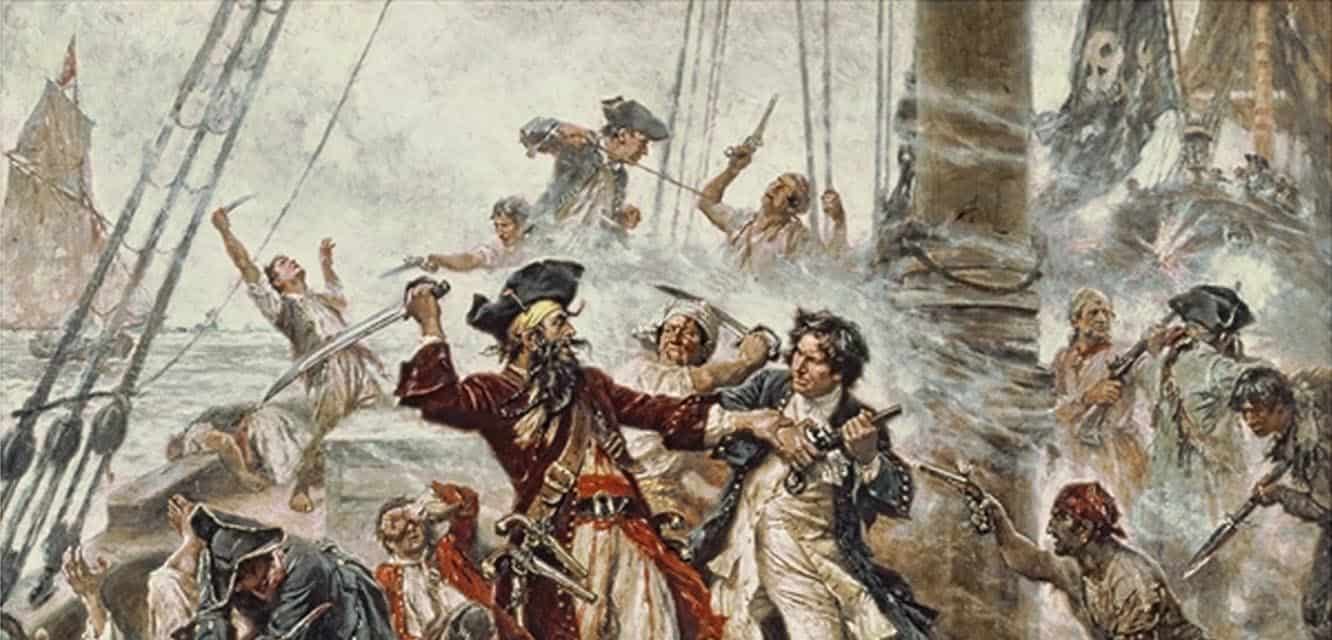Most of us pine – especially in our youth – for a bit of adventure to spice up our lives. Unfortunately, or perhaps fortunately since adventure often imperils life and limb, we are usually denied that wish. As consolation, though, we get to enjoy the vicarious – and safe – thrill of reading about the adventures of others. Following are thirty things about some of history’s more adventurous people and events.

30. Few Deserved to Have “The Great” Attached to Their Name More Than Alexander III of Macedon
Of all the people to get “the Great” added to their name, few have deserved it more than Alexander the Great (356 – 323 BC), one of history’s most amazing figures. He demonstrated his military chops at age eighteen when he led a decisive charge at the Battle of Chaeronea, which secured Macedon’s hegemony over Greece. He became king at the age of twenty, swiftly suppressed uprisings by those who underestimated the young monarch, then set out to conquer the known world. What followed was a military whirlwind that took him from Europe to Asia Minor, the Levant, Egypt, Mesopotamia, Persia, Central Asia, and India.

Alexander usually led his armies from the front, was in the thick of the fighting, was wounded many times, and never lost a battle. His wild careen only ended when his veterans, after tramping behind Alexander for years and across thousands of miles, finally had enough and refused to march any further. By then, he had conquered what was arguably history’s greatest empire to date. He capped it off by dying young, aged thirty-two, forever cementing his place in romantic lore. It is perhaps fitting that adventure followed Alexander even after death, as seen below in the adventurous fate of his corpse.

